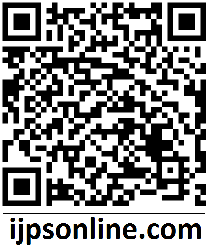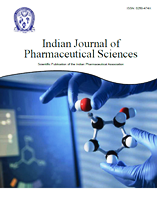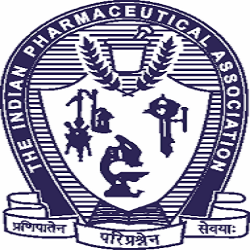Abstract
Effect of Tarchonanthus camphoratus (Asteraceae) Leaves Extracts on Culex tritaeniorhynchus (Culicidae) Life Cycle
Department of Biology, College of Science, Jazan University, Jazan 45142, Kingdom of Saudi Arabia, 1Department of Zoology, Faculty of Science, Damanhur University, Damanhur, Egypt
Correspondence Address:
Salama A Salama, Department of Biology, College of Science, Jazan University, Jazan 45142, Kingdom of Saudi Arabia, sasalama@jazanu.edu.sa
The Culex tritaeniorhynchus mosquito is the primary vector of Japanese encephalitis virus which can cause encephalitis in human and mammals. This mosquito also can transmit other diseases such as filariasis and West Nile virus. It has a wide global distribution. Therefore, it was a necessary to eliminate this insect to reduce the infections. Through this study, we evaluated the effect of methanolic and ethyl acetate extracts of Tarchonanthus camphoratus L leaves on different stages of Culex tritaeniorhynchus mosquito using five concentrations ranging from 200 ppm to 1000 ppm. Both methanol and ethyl acetate extracts completely eliminated larva by 100 % at the concentration of 1000 ppm. At the concentration of 750 ppm, methanolic extract eliminated larva by 73 %±3.00 %, pupa by 80 %±1.00 % and adult by 80 %±3.00 % whereas ethyl acetate extract eliminated larva by 72 %±3.00 %, pupa by70 %±5.00 % and adult by 62 %±4.00 %. The LC50 value of methanol and ethyl acetate extracts against larva mortality was 519.95 (ppm) and 454.94 (ppm) respectively. The results showed that both extracts had significant lethal toxic effects on the life cycle of Culex tritaeniorhynchus. However, the methanol leaves extract had more effective than ethyl acetate leaves extract. In this study, we suggested that Tarchonanthus camphoratus plant could be used as a natural insecticide for combat and control mosquitoes compared to harmful chemical insecticides.
Full-Text | PDF



